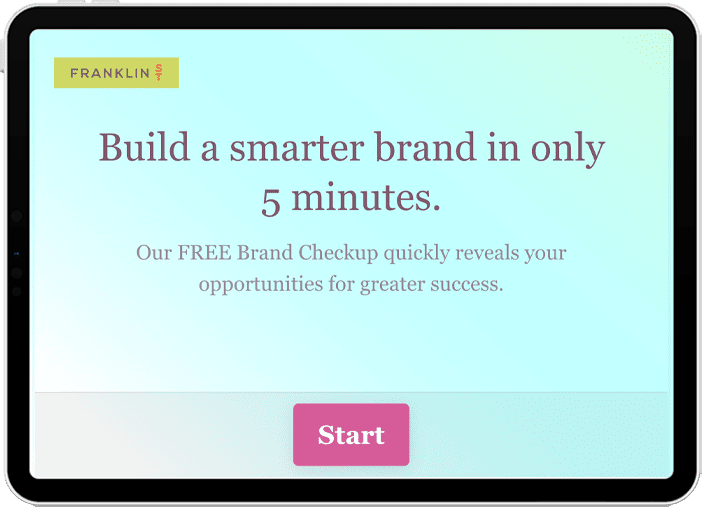In Franklin Street’s 2016 Health Care Marketing Trends Report, we challenged the typical 90-day campaign design and encouraged our clients and colleagues to continuously market their key services.
Why? Because heart disease and cancer don’t follow a calendar.
If women only needed mammograms in October, limiting breast health messages to Breast Cancer Awareness Month would make sense. But illness and disease can strike at any time, and when they do, you want your organization to be top of mind with patients.
Many healthcare marketers work under the old model of driving volume to services lines with a seasonal or 90-120 day campaign. The work is built, it’s pushed out and the focus shifts to the next campaign.
The problem with this approach, we find, is it ignores the other 275+ days a year when someone might make an important health care choice. And when they make those decisions, you want your brand to be considered.
That’s why at Franklin Street we love Continuous Campaigns as a healthcare and hospital marketing trend.
Continuous Campaigns help marketers to:
- Optimize their budgets
- Develop “always on” campaigns that are there when a consumer is in a consideration mindset
- Create campaigns that continually improve and get better over time
Continuous Campaigning can deliver significant reach and impact compared to the traditional one-and-done campaign model.
Let’s say you are building a digital campaign for your orthopedic service line’s knee replacement surgery. Your target audience includes 45-60-year-old adults considering the surgery for either themselves or a parent. Your campaign’s goal is for these individuals to either sign up for more information or make an appointment with your health system’s doctor. You target your audience through Facebook News Feed ads, display banners, and paid search.
Under Continuous Campaigning, the beauty lies in the details…once the campaign launches. That’s the time to begin testing, refine the campaign, and optimize results.
We encourage our clients to test different variables of the campaign, including creative copy, imagery, specific calls-to-action, and which groups receive which target message.
Recently, Franklin Street ran a test for a client and discovered women accounted for 90% of the website clicks, while men accounted for only 10%. As a result, we stopped targeting our message to men, delivered ads solely to women, and are now running a more efficient, productive campaign.
You may introduce new creative as you make adjustments to the campaign. If pictures of cute cats work, only show pictures of cute cats. You’ll see results improve, and your campaign will perform better. (Note: we haven’t seen cute cats work in healthcare marketing…yet.)
In any campaign, the secret to success is delivering
- The right message
- To the right audience
- At the right time.
Running continuous campaigns while giving yourself time to test and optimize its key features will allow you to do all three things…all the time and at the same time. The campaigns are optimized by continuously reiterating the campaign over longer periods of time.
Enter, the Content Matrix
With the components of a continuous campaign in mind, let’s determine how to best manage the often-arduous process of corralling the engaging and educational content to remain relevant, valuable and timely with patients. Franklin Street uses – and recommends to our clients – the Content Matrix.
When the paid campaign ends (or pauses), and the budget has been depleted, the content wheel starts up and extends the message and reach. Not to mention improving SEO to help with year-round searches.
The Content Matrix is a simple tool, designed to organize the timing, mediums, authors, and personas of the messages you share on behalf of your organization.
Here’s an example of a Content Matrix:

So where is a good place to start when building a Content Matrix?
We like to start with a timeline and recommend mapping content for at least a full quarter in advance.
Next, we list each type of content or the methods by which you’ll share your messages. In this example, we plan to post through blogs, newsletters, press releases, and podcasts.
Then, list each area you’ll focus on in your marketing efforts. In this example, we listed Bariatrics, Orthopedics, and Cardiac. You may need to market multiple hospitals, physician groups and service lines at the same time.
Consider your authors next and list each member of your content team. Spread the writing among several teammates and take the pressure off one or two people.
Persona Development
Lastly, determine the personas of your content. Remember to consider your target audience and develop personas based on the personality and demographic traits of your readers. Common personas include caregiver, referral source, and surgical candidate.
Our philosophy at Franklin Street is to work smarter to stretch resources. Continuous Campaigning does that by keeping your brand in front of prospective patients all year long.

